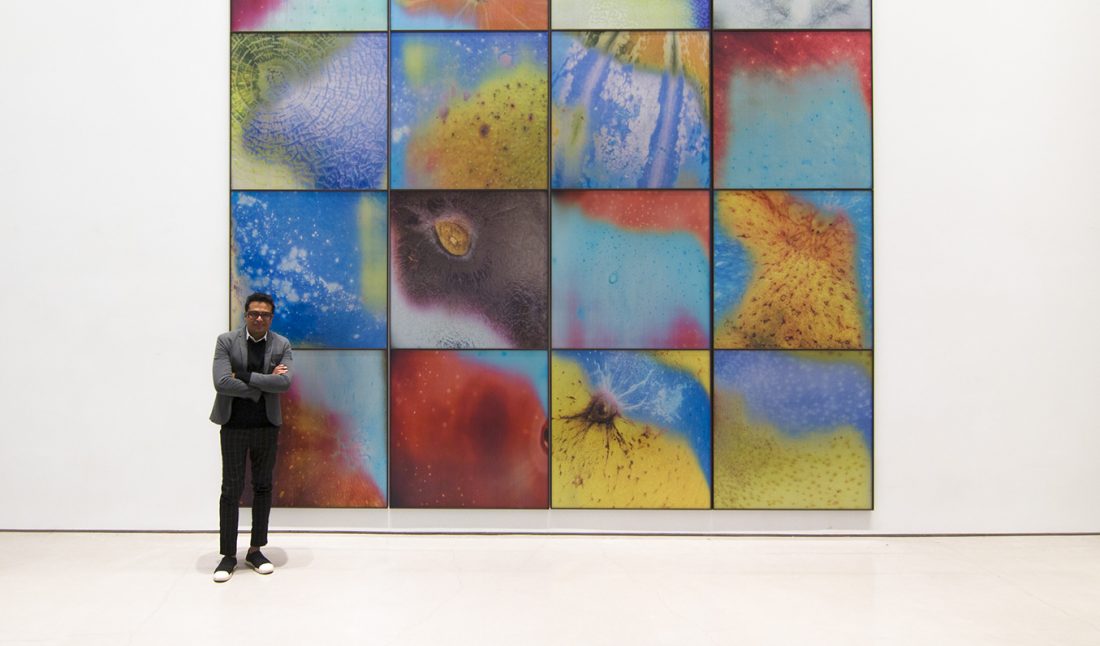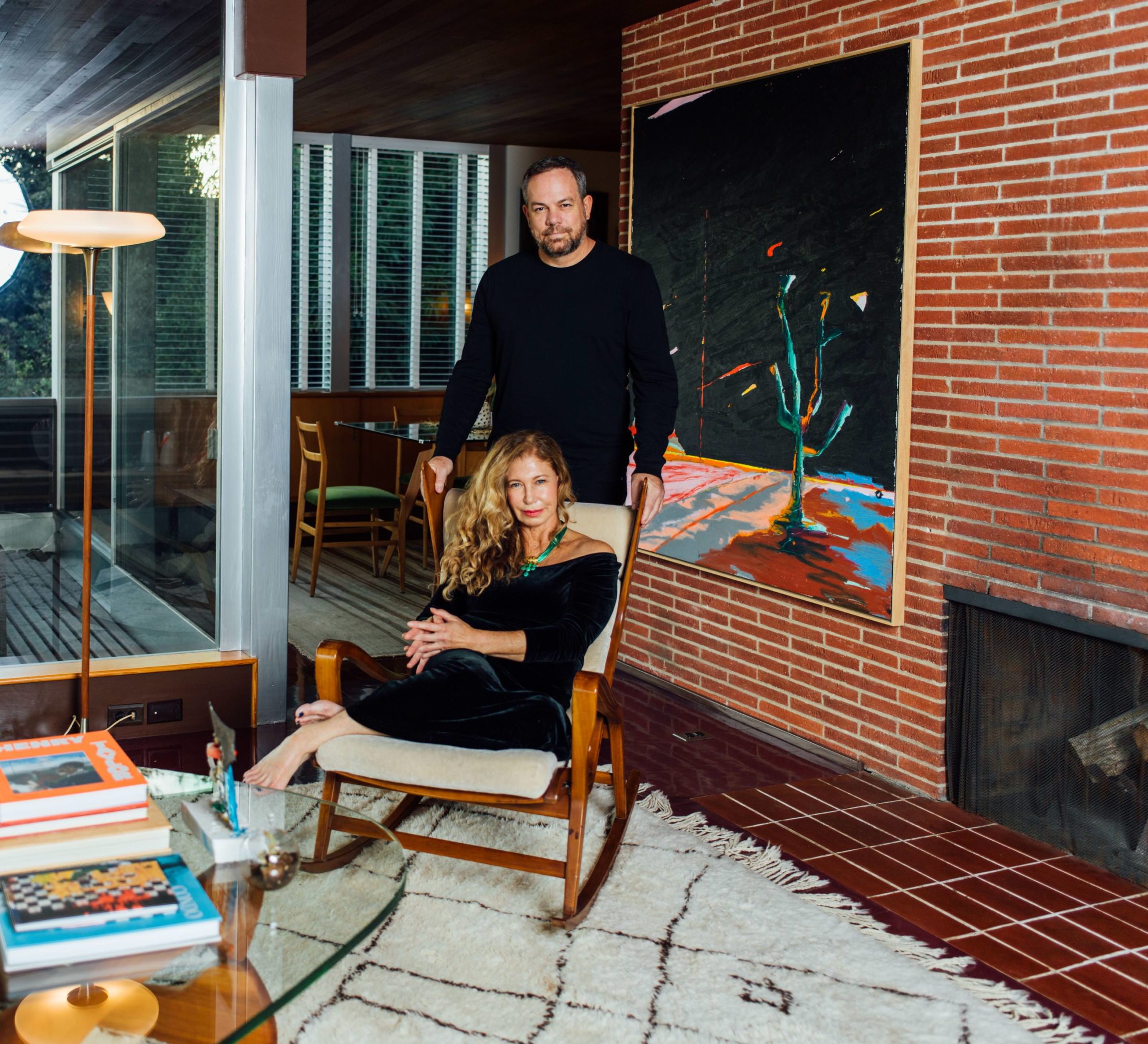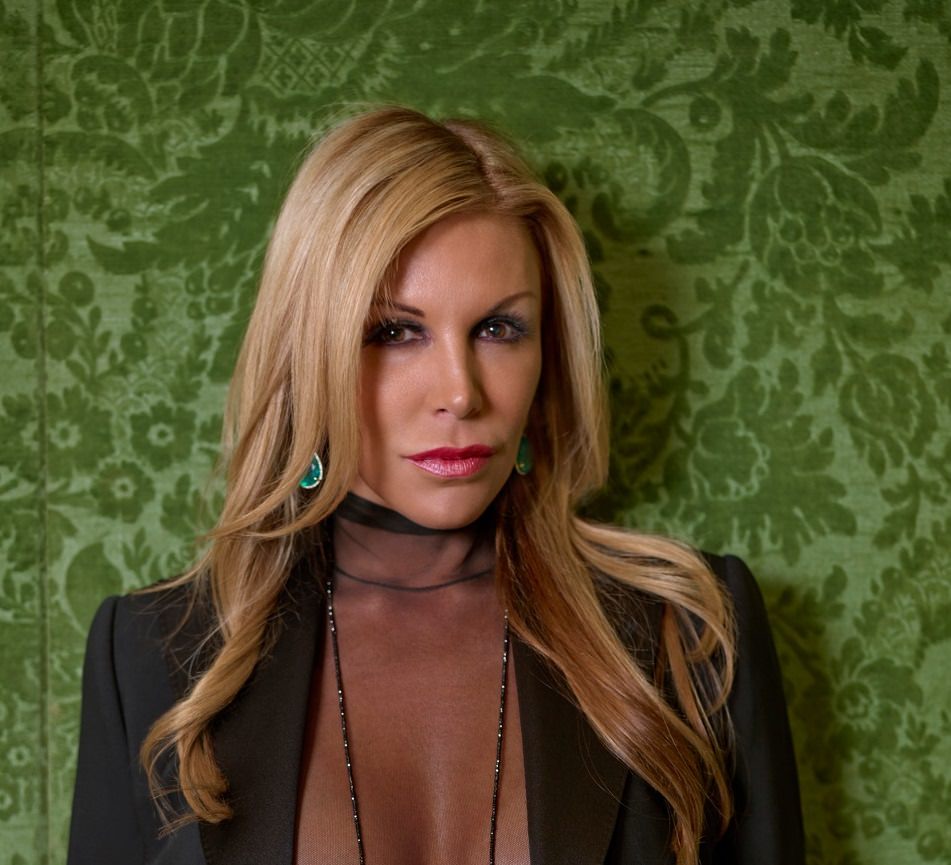Currently on view at Sperone Westwater in New York is Jitish Kallat’s “Decimal Point” (open until June 16). His first with the gallery, it comes after a solo show at the Philadelphia Museum of Art last year, and a large survey at the National Gallery of Modern Art in New Delhi.
A variety of works are presented, exploring the cosmos, time, perception, often juxtaposing the micro and the macro in images. Whitewall spoke with Kallat about the interplay between the terrestrial and the celestial, the cosmopolis and the cosmos.
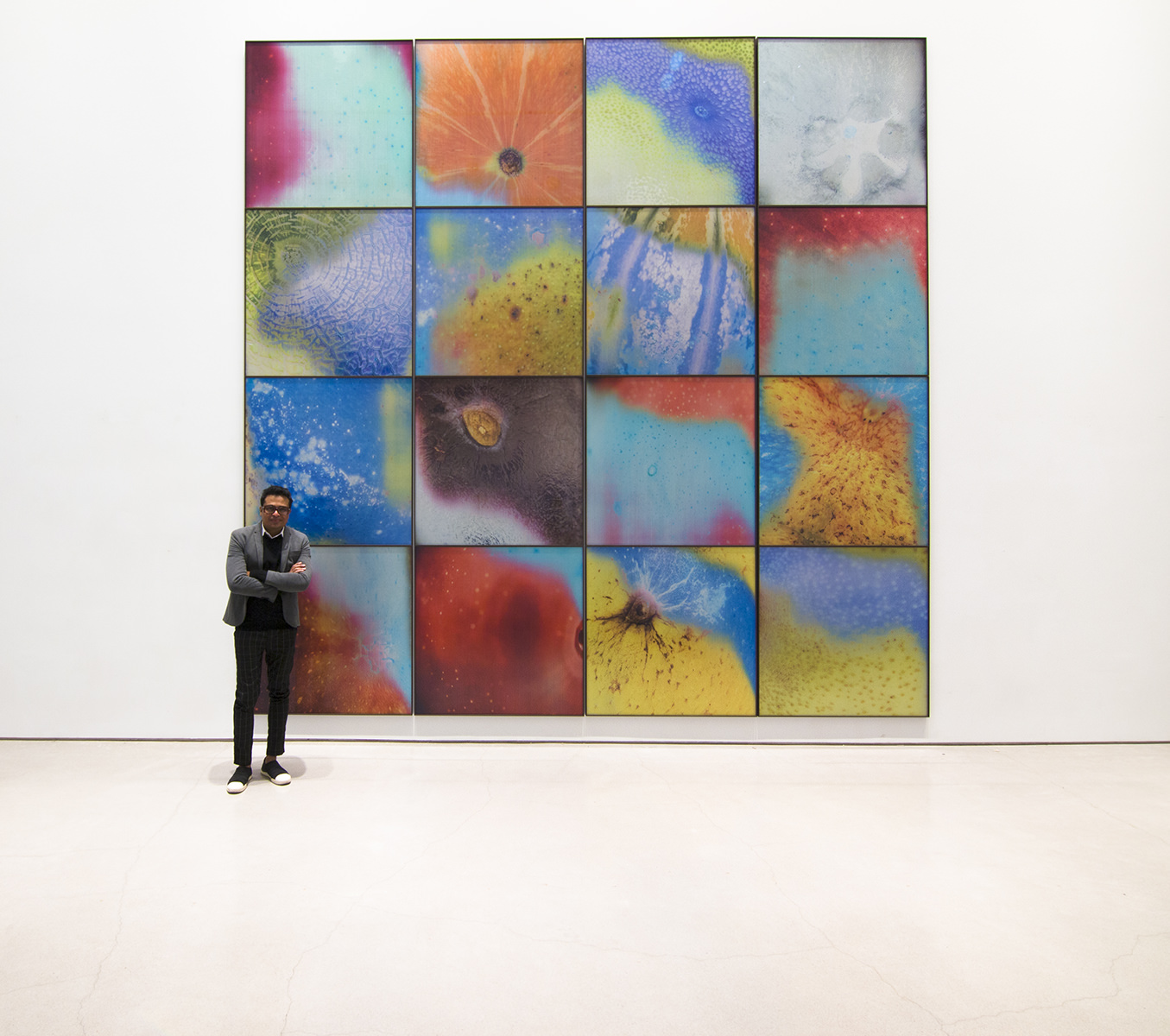 “Jitish Kallat: Decimal Point”
“Jitish Kallat: Decimal Point”On view at Sperone Westwater, 26 April – 16 June 2018
All photography by Robert Vinas Jr., 2018
Courtesy of the artist and Sperone Westwater, New York
WHITEWALL: What are some of the major themes explored in this show?
JITISH KALLAT: There are several themes and preoccupations that recur throughout ”Decimal Point,” such as, the ideas of proximity and distance, perception, time, scale, sustenance, and the sky. One of the aspects in my work is that it frequently shifts focal lengths and time frames. Going close to something and prolonging our gaze can alter the meaning of what we are looking at. In Sightings, the skin of a fruit, as it inverts into its chromatic opposite, begins to reveal large inter-galactic vistas, as if the fruit skin was revealing a forensic evidence of the star-light from which it emerges.
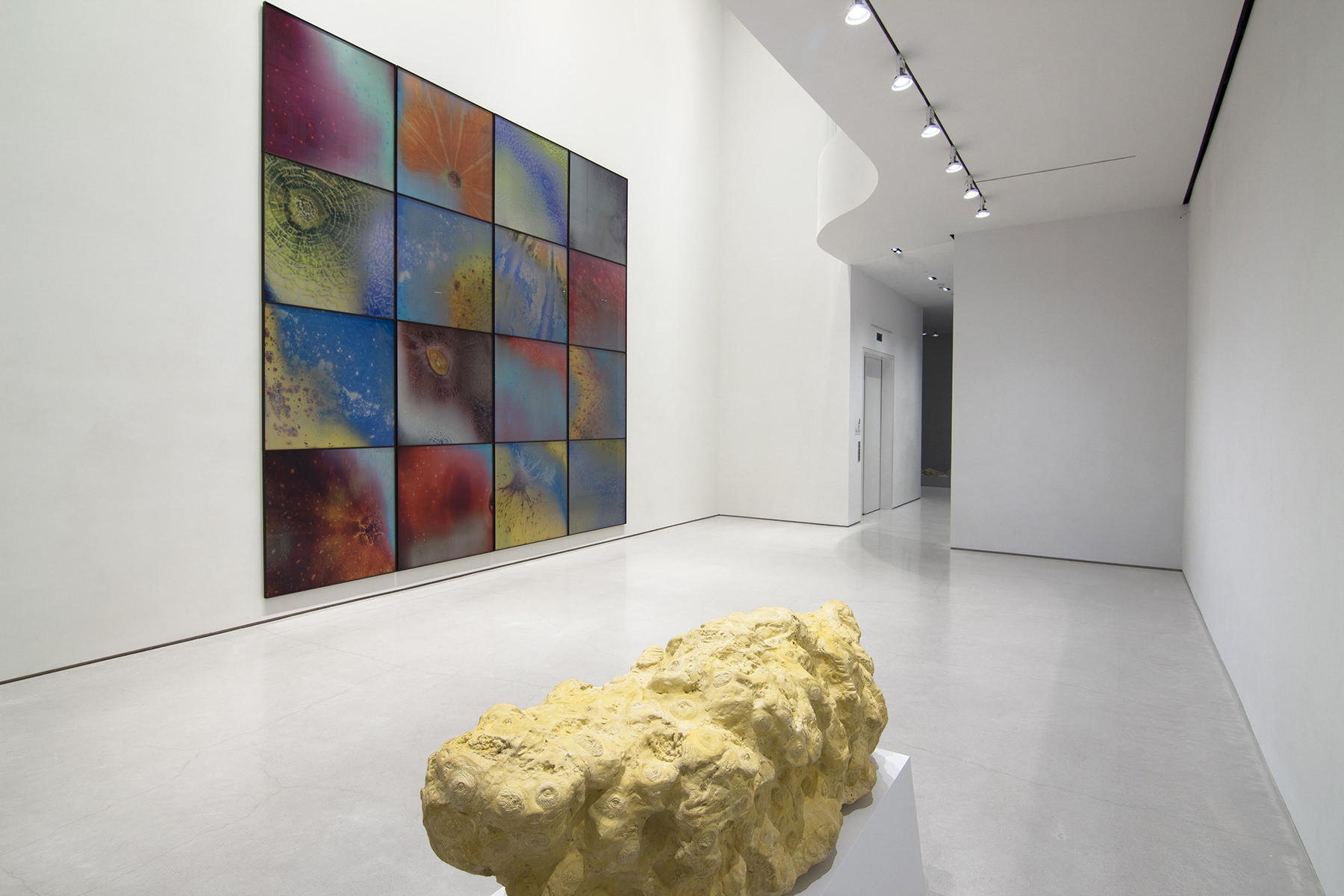 “Jitish Kallat: Decimal Point”
“Jitish Kallat: Decimal Point”On view at Sperone Westwater, 26 April – 16 June 2018
All photography by Robert Vinas Jr., 2018
Courtesy of the artist and Sperone Westwater, New York
Covariance appears like an extraterrestrial meteorite that bears on its surface numerous fossilized gazes. Reptilian eyes, mammalian eyes and the eyes of fish look out at the world simultaneously from all directions on the surface of the sculpture. In Infinite Episode, species surrender scale in a state of sleep while a momentary engagement in the atmospheric flux during monsoon registers a cosmic image in the Rain Studies.
On Level 3 of the gallery, Wind Study (Hilbert Curve) registers invisible movements of the wind, and this is seen alongside a perpetual, unceasing transition of lunar phases formed by progressively eaten rotis (Indian bread) in The Eternal Gradient.
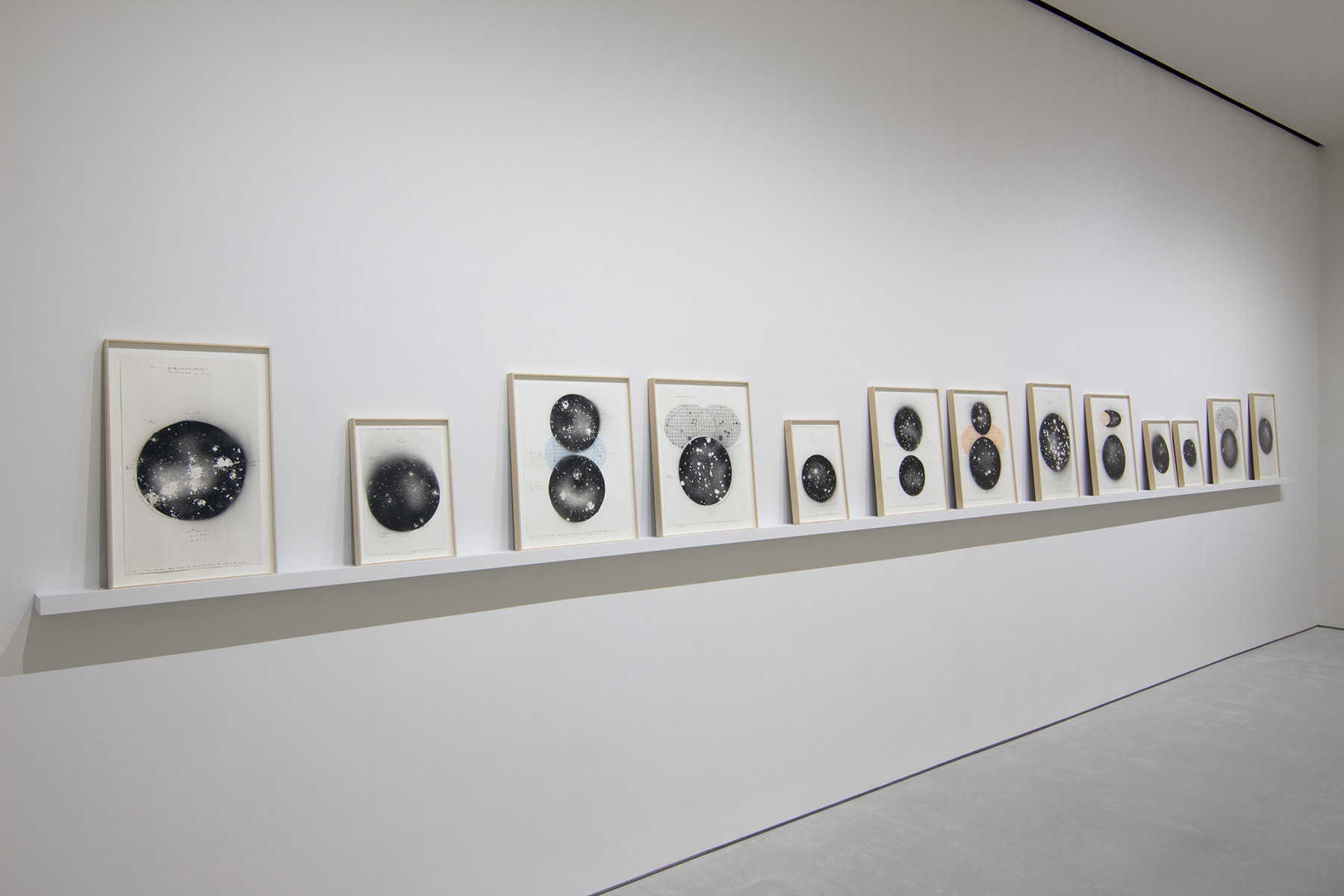 “Jitish Kallat: Decimal Point”
“Jitish Kallat: Decimal Point”On view at Sperone Westwater, 26 April – 16 June 2018
All photography by Robert Vinas Jr., 2018
Courtesy of the artist and Sperone Westwater, New York
WW: The cosmos seem to play a big role in your work. Why?
JK: As I was just saying the focal length at which one sees the world often defines the meaning we derive from it. To look at our worldly, earthly, human stories alongside a fleeting pointer to the unfathomable scale of our universe, expanding at an inexplicable pace, can bring a expanded dimension of insight into to the stories we tell ourselves.
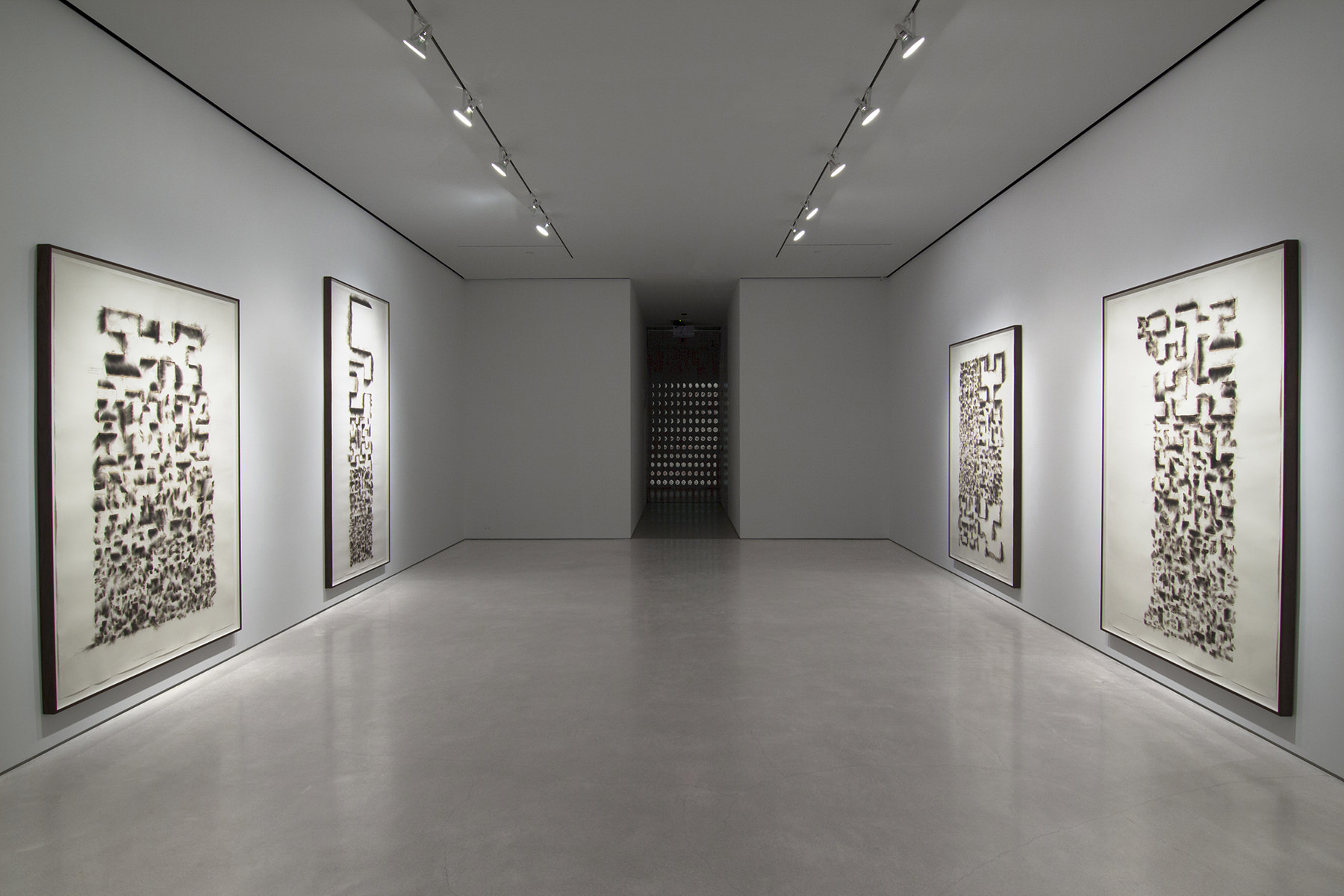 “Jitish Kallat: Decimal Point”
“Jitish Kallat: Decimal Point”On view at Sperone Westwater, 26 April – 16 June 2018
All photography by Robert Vinas Jr., 2018
Courtesy of the artist and Sperone Westwater, New York
Recently, in a conversation, I was saying that I could think of myself as a resident of Mumbai, or India, or Asia, or in a vague sense a resident of planet Earth. I could also, somewhat facetiously, say that I am a resident of the Milky Way Galaxy. This last remark would completely alter the focal length at which I might view the location of my residence, my sense of identity or my limiting identifications, and my immediate neighborhood then becomes the Andromeda Galaxy. The interplay between the terrestrial and the celestial, the cosmopolis and the cosmos, has recurred throughout my practice.
WW: How do photography and sculpture connect those ideas?
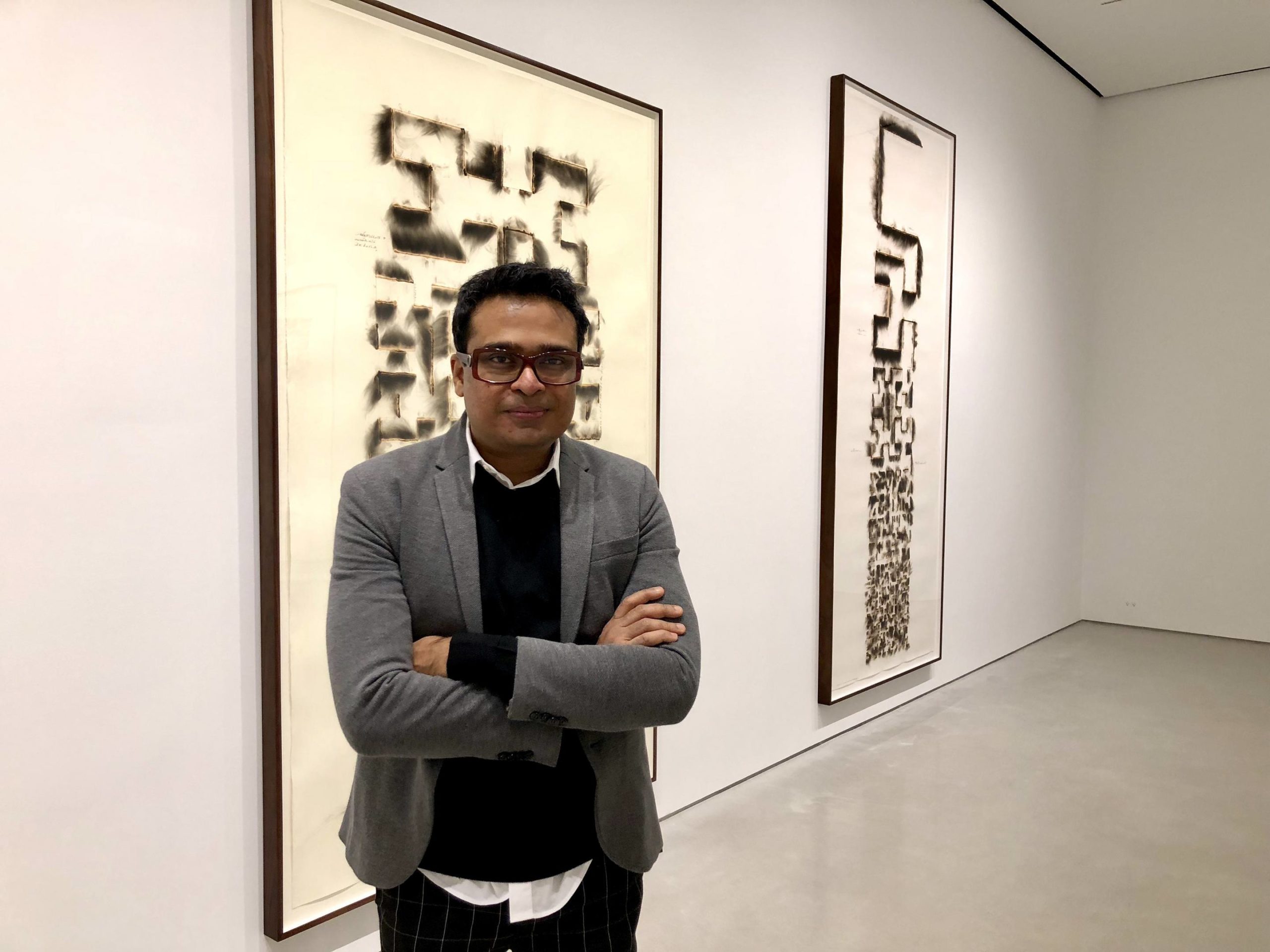 Portrait by Alex Schneider.
Portrait by Alex Schneider.
JK: Materials have their intrinsic, innate properties enshrined in them that generate specific physical sensations, experience or “qualia” in the viewer. As artists it is the unlocking of these material properties that allows us to develop a language with which to connect with the viewer. As such I would not say that I feel any preferential hierarchy for any medium except for its pertinence and compatibility with the initial artistic impulse that propelled one to make the work. The medium, whether a photograph or a sculpture, has to have the force and vitality to activate a dynamic “commerce of meaning” between initial artistic impulse, the completed artwork and the viewer.
WW: How does the gallery space of Sperone Westwater affect the feeling of the show?
JK: The verticality in the architecture of the gallery allowed for several compelling sightlines. The photoworks titled Sightings could rise all the way to Level 2 where one could re-experience them from above alongside the Rain Study drawings. One doesn’t walk between bodies of work, one rises from levels 1 to 2 to 3 to experience them. I was very mindful of this ascension as a key element while developing the exhibition and in attempting to arrive at the desired geometry and chemistry between the works.







